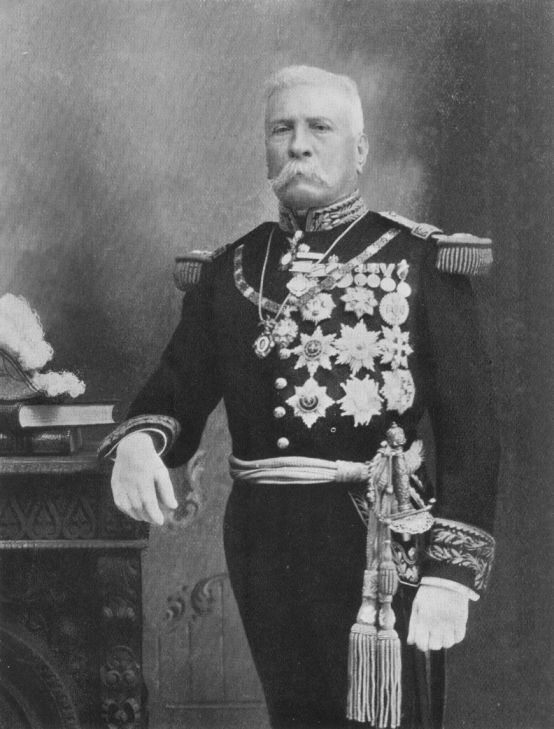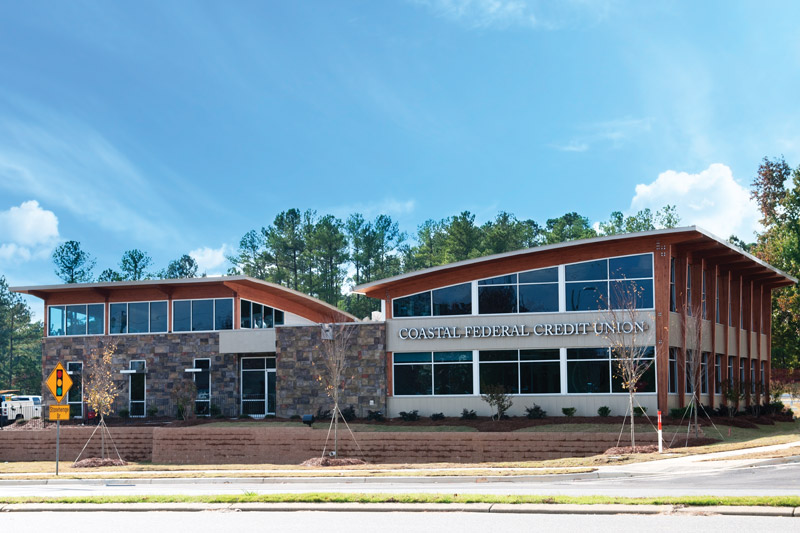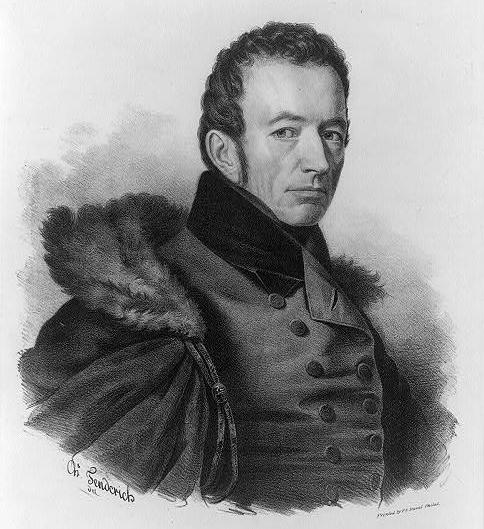|
Directo A México
Directo a México is a program launched in 2005 and operated by the Federal Reserve and Banco de Mexico The Bank of Mexico ( es, Banco de México), abbreviated ''BdeM'' or ''Banxico,'' is Mexico's central bank, monetary authority and lender of last resort. The Bank of Mexico is autonomous in exercising its functions, and its main objective is to ac ..., the central banks of the United States and Mexico, respectively. The program allows commercial banks and credit unions in the U.S. to transfer money through FedACH, the Federal Reserve's clearinghouse, which is linked to Banco de Mexico. External linksDirecto a Mexico Official Website * [...More Info...] [...Related Items...] OR: [Wikipedia] [Google] [Baidu] |
Federal Reserve
The Federal Reserve System (often shortened to the Federal Reserve, or simply the Fed) is the central banking system of the United States of America. It was created on December 23, 1913, with the enactment of the Federal Reserve Act, after a series of financial panics (particularly the panic of 1907) led to the desire for central control of the monetary system in order to alleviate financial crises. Over the years, events such as the Great Depression in the 1930s and the Great Recession during the 2000s have led to the expansion of the roles and responsibilities of the Federal Reserve System. Congress established three key objectives for monetary policy in the Federal Reserve Act: maximizing employment, stabilizing prices, and moderating long-term interest rates. The first two objectives are sometimes referred to as the Federal Reserve's dual mandate. Its duties have expanded over the years, and currently also include supervising and regulating banks, maintaining the stabili ... [...More Info...] [...Related Items...] OR: [Wikipedia] [Google] [Baidu] |
Banco De Mexico
The Bank of Mexico ( es, Banco de México), abbreviated ''BdeM'' or ''Banxico,'' is Mexico's central bank, monetary authority and lender of last resort. The Bank of Mexico is autonomous in exercising its functions, and its main objective is to achieve stability in the purchasing power of the national currency. History Background Plans for a national bank of Mexico began as early as the Mexican Empire of Agustín de Iturbide with his idea of a ''Gran Banco del Imperio Mexicano'' (Grand Bank of the Mexican Empire). This idea was never pursued, instead, credit was generally issued by religious orders or trading guilds. In 1827 Mexico defaulted on a loan from British lenders which made it difficult to find foreign capital and it was forced to rely on local lenders as it had no national bank to lend to it. Instead the government was forced to rely on domestic lenders known as agiotistas (speculators) who specialized in short-term, high-interest loans. The first bank organized by t ... [...More Info...] [...Related Items...] OR: [Wikipedia] [Google] [Baidu] |
Central Bank
A central bank, reserve bank, or monetary authority is an institution that manages the currency and monetary policy of a country or monetary union, and oversees their commercial banking system. In contrast to a commercial bank, a central bank possesses a monopoly on increasing the monetary base. Most central banks also have supervisory and regulatory powers to ensure the stability of member institutions, to prevent bank runs, and to discourage reckless or fraudulent behavior by member banks. Central banks in most developed nations are institutionally independent from political interference. Still, limited control by the executive and legislative bodies exists. Activities of central banks Functions of a central bank usually include: * Monetary policy: by setting the official interest rate and controlling the money supply; *Financial stability: acting as a government's banker and as the bankers' bank ("lender of last resort"); * Reserve management: managing a country's ... [...More Info...] [...Related Items...] OR: [Wikipedia] [Google] [Baidu] |
Economy Of The United States
The United States is a highly developed mixed-market economy and has the world's largest nominal GDP and net wealth. It has the second-largest by purchasing power parity (PPP) behind China. It has the world's seventh-highest per capita GDP (nominal) and the eighth-highest per capita GDP (PPP) as of 2022. US share of Global economy is 15.78% in PPP terms in 2022. The United States has the most technologically powerful and innovative economy in the world. Its firms are at or near the forefront in technological advances, especially in artificial intelligence, computers, pharmaceuticals, and medical, aerospace, and military equipment. The U.S. dollar is the currency of record most used in international transactions and is the world's foremost reserve currency, backed by the nation’s massive economy, stable government, extensive natural resources, highly advanced military, its role as the reference standard for the petrodollar system, and its linked eurodollar and la ... [...More Info...] [...Related Items...] OR: [Wikipedia] [Google] [Baidu] |
Economy Of Mexico
The economy of Mexico is a Developing country, developing mixed-market economy. It is the List of countries by GDP (nominal), 15th largest in the world in nominal GDP terms and the List of countries by GDP (PPP), 13th largest by purchasing power parity, according to the International Monetary Fund. Since the 1994 economic crisis in Mexico, 1994 crisis, administrations have improved the country's Macroeconomics, macroeconomic fundamentals. Mexico was not significantly influenced by the South American economic crisis of 2002, 2002 South American crisis, and maintained positive, although low, rates of growth after a brief period of stagnation in 2001. However, Mexico was one of the Latin American nations most affected by the Late-2000s recession, 2008 recession with its gross domestic product contracting by more than 6% in that year. The Mexican economy has had unprecedented macroeconomic stability, which has reduced inflation and interest rates to record lows. In spite of this, sig ... [...More Info...] [...Related Items...] OR: [Wikipedia] [Google] [Baidu] |
Commercial Bank
A commercial bank is a financial institution which accepts deposits from the public and gives loans for the purposes of consumption and investment to make profit. It can also refer to a bank, or a division of a large bank, which deals with corporations or a large/middle-sized business to differentiate it from a retail bank and an investment bank. Commercial banks include private sector banks and public sector banks. History The name ''bank'' derives from the Italian word ''banco'' "desk/bench", used during the Italian Renaissance era by Florentine bankers, who used to carry out their transactions on a desk covered by a green tablecloth. However, traces of banking activity can be found even in ancient times. In the United States, the term commercial bank was often used to distinguish it from an investment bank due to differences in bank regulation. After the Great Depression, through the Glass–Steagall Act, the U.S. Congress required that commercial banks only engage in ba ... [...More Info...] [...Related Items...] OR: [Wikipedia] [Google] [Baidu] |
Credit Union
A credit union, a type of financial institution similar to a commercial bank, is a member-owned nonprofit organization, nonprofit financial cooperative. Credit unions generally provide services to members similar to retail banks, including deposit accounts, provision of Credit (finance), credit, and other financial services. In several African countries, credit unions are commonly referred to as SACCOs (Savings and Credit Co-Operative Societies). Worldwide, credit union systems vary significantly in their total assets and average institution asset size, ranging from volunteer operations with a handful of members to institutions with hundreds of thousands of members and assets worth billions of US dollars. In 2018, the number of members in credit unions worldwide was 274 million, with nearly 40 million members having been added since 2016. Leading up to the financial crisis of 2007–2008, commercial banks engaged in approximately five times more subprime lending relative t ... [...More Info...] [...Related Items...] OR: [Wikipedia] [Google] [Baidu] |
FedACH
FedACH is the Federal Reserve Banks' automated clearing house (ACH) service. In 2007, FedACH processed about 37 million transactions per day with an average aggregate value of about $58 billion. For comparison, Fedwire processed about 537,000 transactions per day valued at nearly $2.7 trillion in the same year. In 2023, the Federal Reserve Banks are planning to launch the FedNow service with a fast process design that will take place within seconds to complete fund transfer. See also * Electronic Payments Network * Fedwire * National Settlement Service * Clearing House Interbank Payments System (CHIPS) * Depository Trust & Clearing Corporation * Society for Worldwide Interbank Financial Telecommunication Swift or SWIFT most commonly refers to: * SWIFT, an international organization facilitating transactions between banks ** SWIFT code * Swift (programming language) * Swift (bird), a family of birds It may also refer to: Organizations * SWIFT, ... References External ... [...More Info...] [...Related Items...] OR: [Wikipedia] [Google] [Baidu] |
Clearing House (finance)
A clearing house is a financial institution formed to facilitate the exchange (i.e., '' clearance'') of payments, securities, or derivatives transactions. The clearing house stands between two clearing firms (also known as member firms or participants). Its purpose is to reduce the risk of a member firm failing to honor its trade settlement obligations. Description After the legally binding agreement (i.e., ''execution'') of a trade between a buyer and a seller, the role of the clearing house is to centralize and standardize all of the steps leading up to the payment (i.e. ''settlement'') of the transaction. The purpose is to reduce the cost, settlement risk and operational risk of clearing and settling multiple transactions among multiple parties. In addition to the above services, central counterparty clearing (CCP) takes on counterparty risk by stepping in between the original buyer and seller of a financial contract, such as a derivative. The role of the CCP is to perform t ... [...More Info...] [...Related Items...] OR: [Wikipedia] [Google] [Baidu] |
Mexico–United States Relations
Mexico and the United States have a complex history, with war in the 1840s and American acquisition of Texas, California and New Mexico. Pressure from Washington forced the French invaders out in the 1860s. The Mexican Revolution of the 1910s saw many refugees flee North, and limited American invasions. Other tensions resulted from seizure of American mining and oil interests. The two nations share a maritime and land border. Several treaties have been concluded between the two nations bilaterally, such as the Gadsden Purchase, and multilaterally, such as the 2019 United States–Mexico–Canada Agreement, replacing the 1994 NAFTA. Both are members of various international organizations, including the Organization of American States and the United Nations. Since the late nineteenth century during the regime of President Porfirio Díaz (1876–1911), the two countries have had close diplomatic and economic ties. During Díaz's long presidency, U.S. businessmen acquired agric ... [...More Info...] [...Related Items...] OR: [Wikipedia] [Google] [Baidu] |




